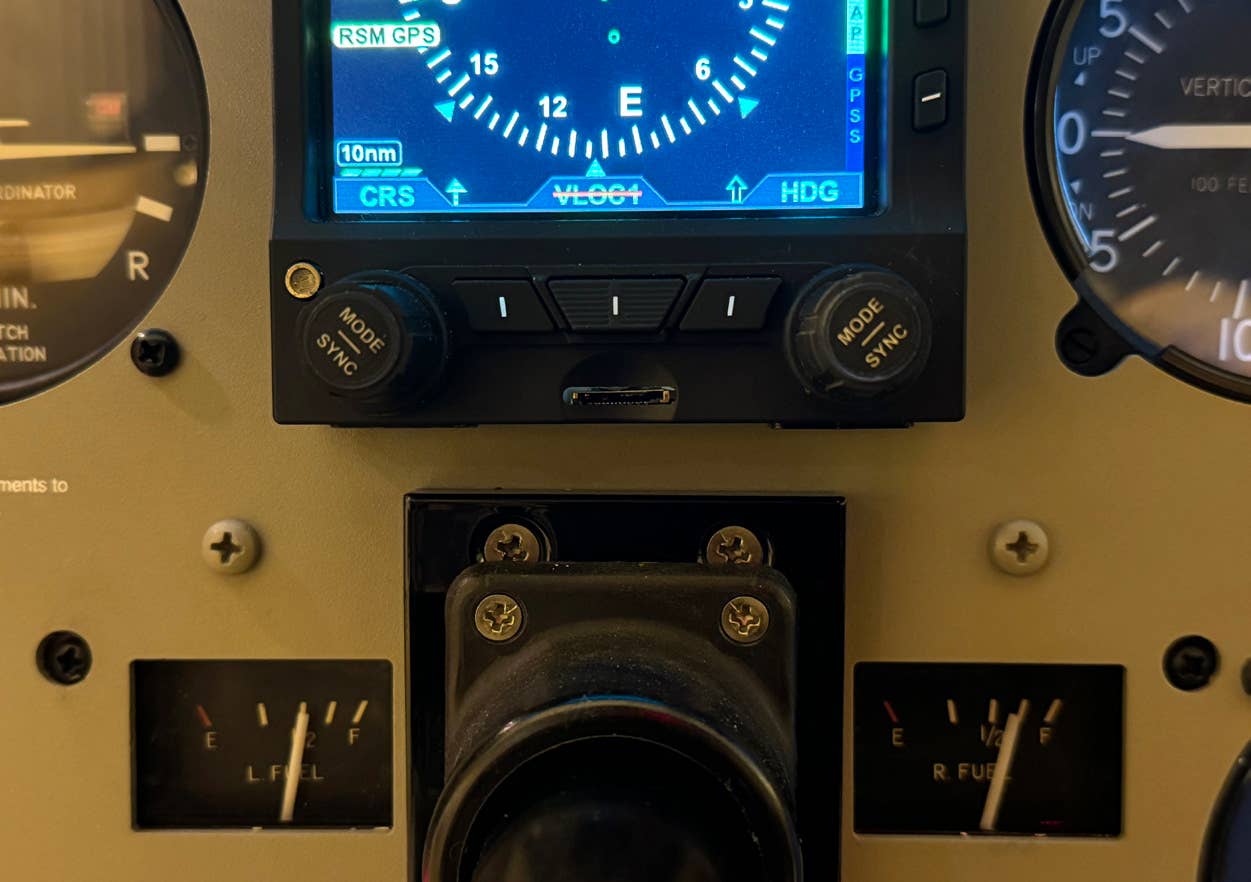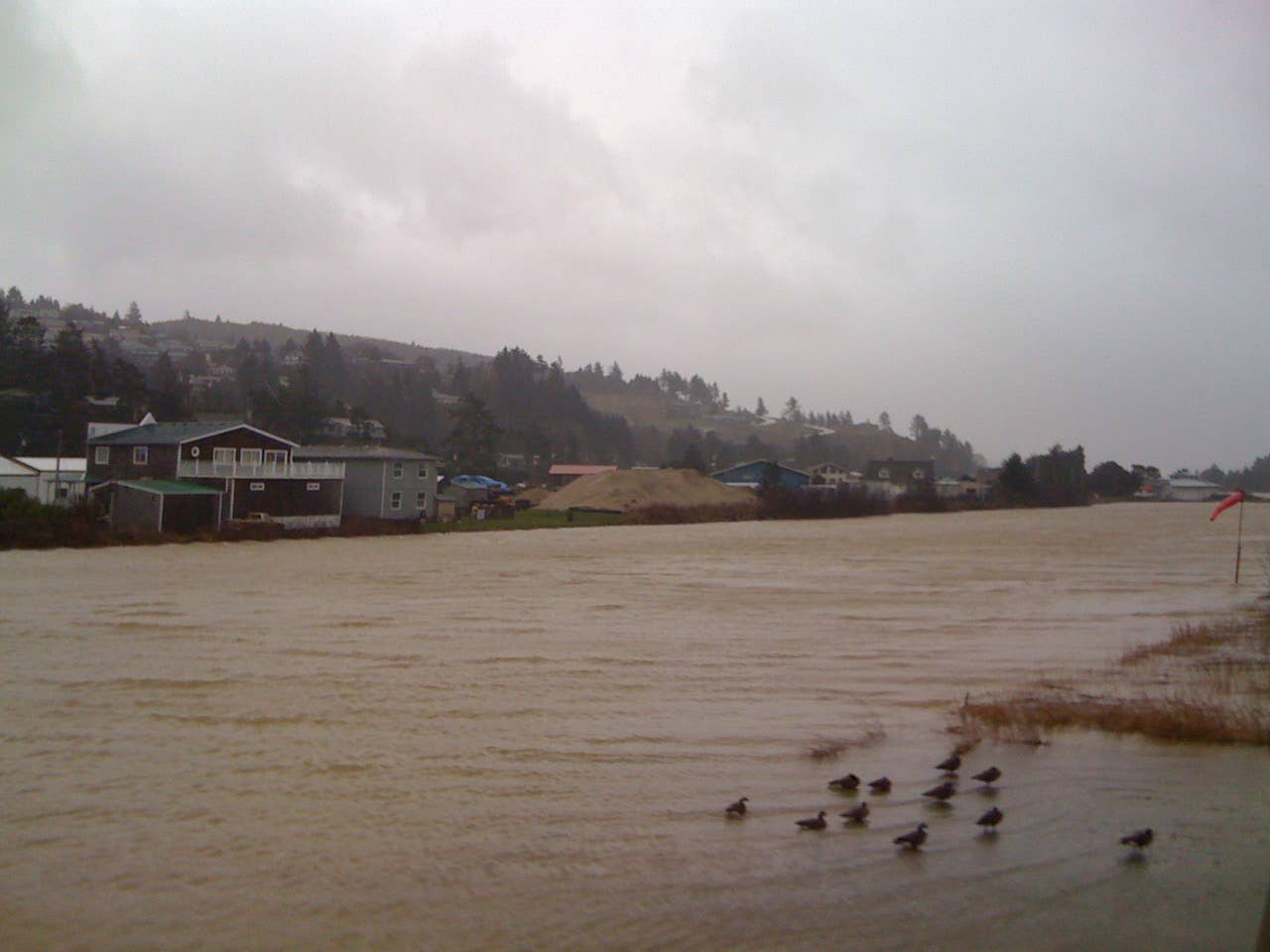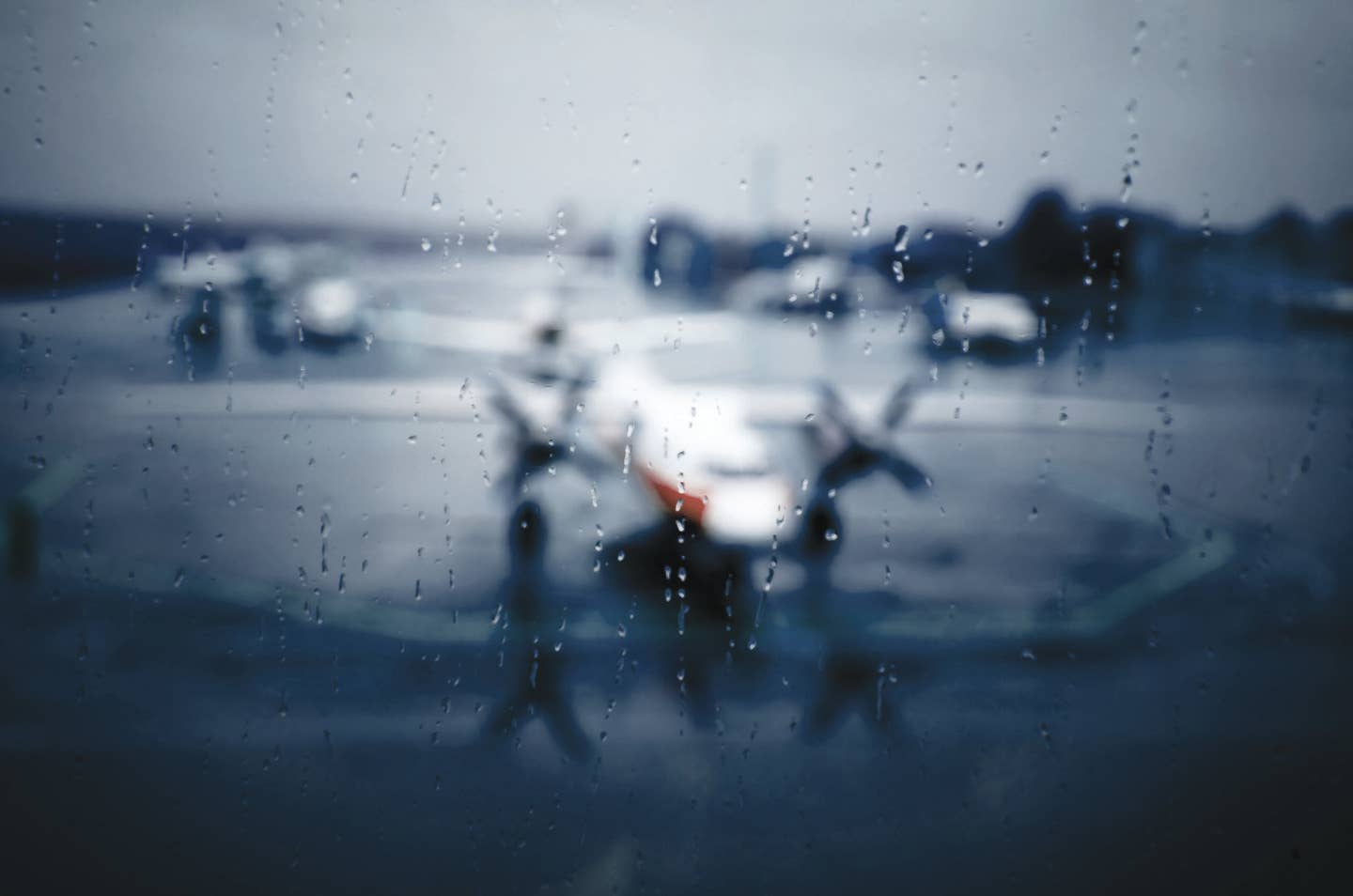
YouTube is chock full of videos featuring airplanes landing with landing gear retracted or partially extended. One reason is that there is often plenty of time for news crews to arrive by helicopter as the pilot of the stricken airplane kills time to burn off fuel. If you are unlucky enough to experience a 'gear unsafe' situation, you'll likely find it's one of those slowly unfolding emergencies that leaves you plenty of time to figure out what to do next, and to tap the expertise of a small army of pilots and technicians over the radio to help you resolve your problem without resorting to swapping belly paint with the runway centerline.
Of course, the first place to turn is the pilot's operating handbook (POH). Each aircraft has a slightly different process, so I won't even suggest one here. But don't wait for a real-world situation to refer to that chapter. I recently practiced a manual gear extension during my biennial flight review, and it was certainly a confidence-builder to implement the procedure under controlled circumstances.
My for-real experience with gear issues occurred a few years ago. In retrospect, the gear of my V-tail Bonanza never fully retracted. A flat spot in the motor-transmission interface hung it up in mid-retraction. It was a short flight, and when I flipped the switch to drop the wheels, it was clear that nothing was happening. My older Bonanza has a single red light to indicate gear-up (as in 'unsafe') and a single green light to indicate we're ready to return to mother Earth with the full benefit of the rubber bumpers. The motor wasn't humming and the red light stayed on. I overflew my Unicom-only (see, I didn't say 'uncontrolled') airport and asked for the folks to step outside for a look. Steve Parker confirmed that the gear appeared partially extended.
As it happened for me, a couple turns on the crank and the motor got back with the program. Another flyover elicited the message that all looked well from down there, and a couple more turns of the crank relit the green light in the panel. Still, I concentrated on executing my softest of touchdowns, and breathed a sigh of relief as the rollout was routine.
The most recent issue of the ABS Magazine has some more wisdom. For our airplanes, the position of the inner gear doors is an excellent indicator of whether or not the gear is fully extended. If the doors are within an inch or so of flush with the belly, the gear is probably locked down. And the ABS warns against asking another pilot to fly alongside to visually inspect the gear. There have been too many midair collisions resulting from that practice -- and the last thing we need now is another midair.
Call to action: If you have any tips of your own you'd like to share, or have any questions about flying technique you'd like answered, send me a note at enewsletter@flyingmagazine.com. We'd love to hear from you.

Sign-up for newsletters & special offers!
Get the latest FLYING stories & special offers delivered directly to your inbox






